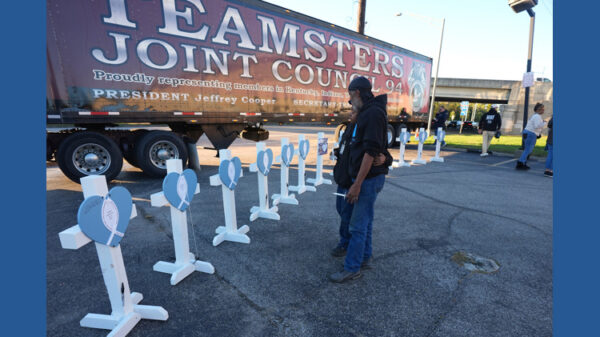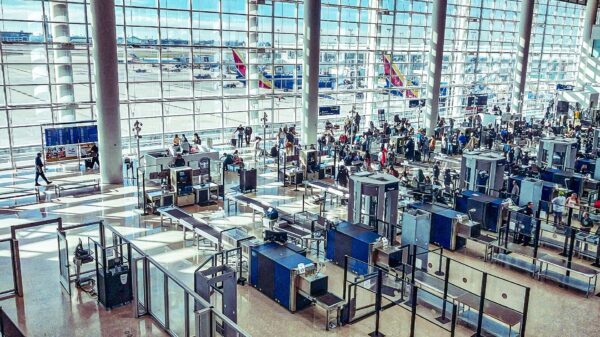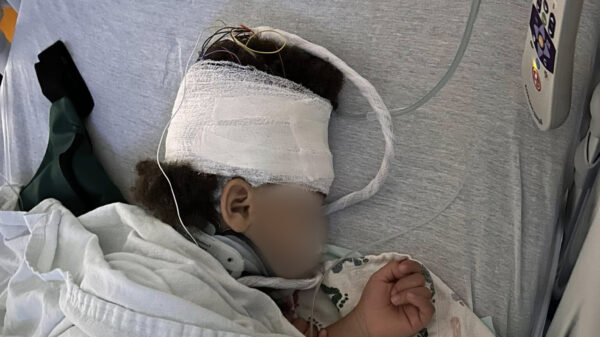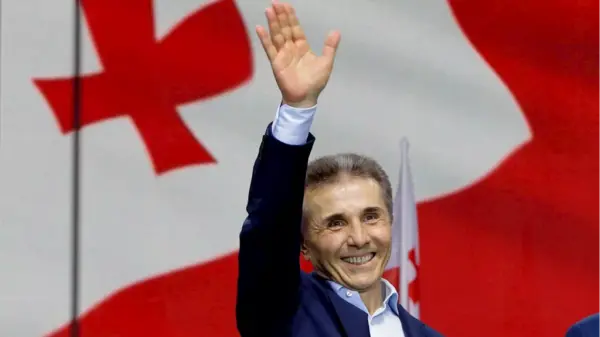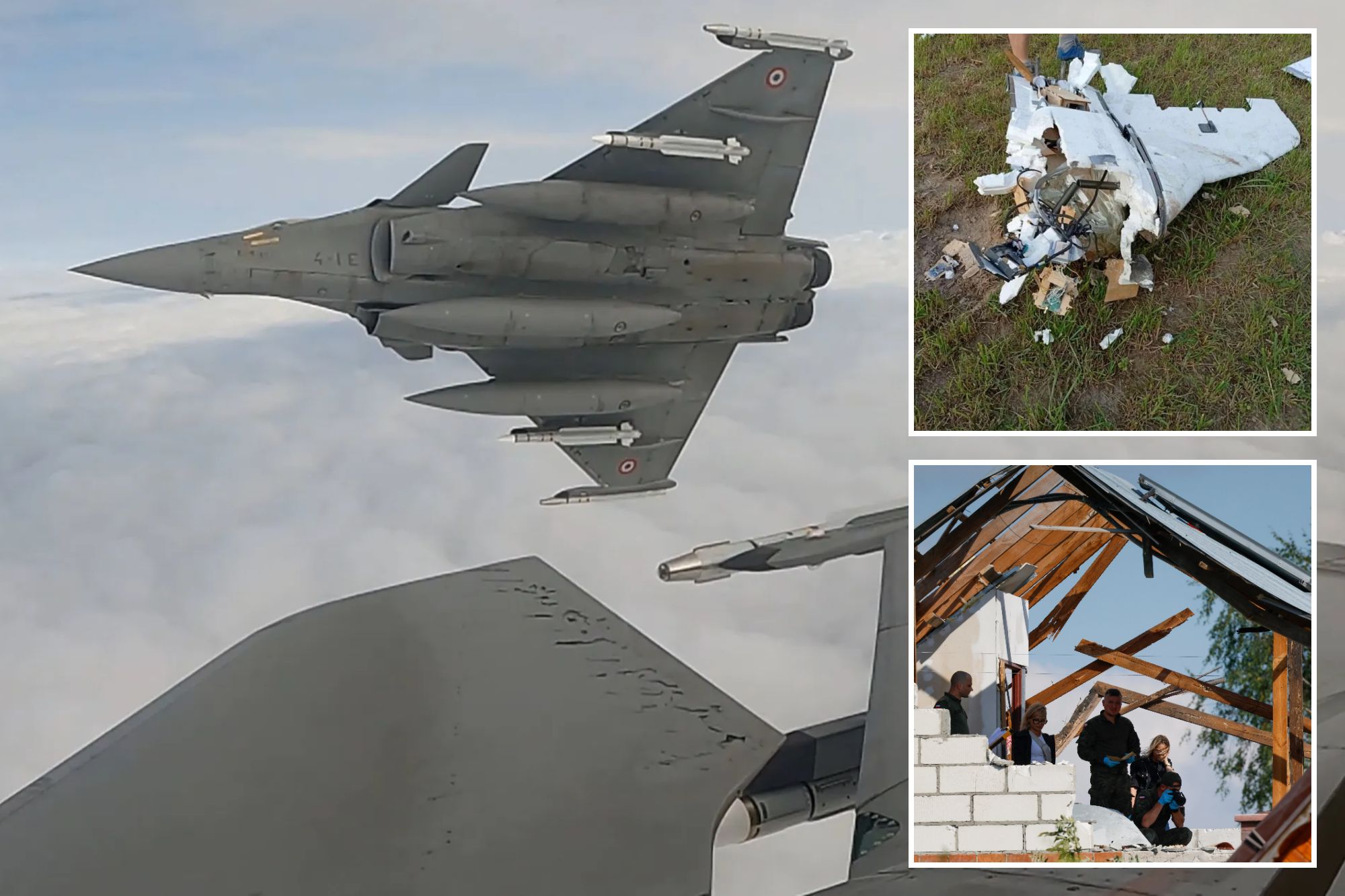Poland’s Foreign Minister, Radoslaw Sikorski, has called on NATO to establish a no-fly zone over Ukraine to protect against Russian drone strikes. This appeal came after a series of Russian drones entered Polish airspace last week, raising concerns about security in Europe. Sikorski described the incident as indicative of the broader dangers posed by Russia and emphasized the need for NATO unity in addressing this threat.
During a statement on September 25, 2023, Sikorski criticized the recent drone incursion, asserting that it highlighted the risks that European nations face. He stated, “We as NATO and the EU could be capable of doing this,” indicating that the decision to impose a no-fly zone would require collective action among NATO allies rather than unilateral action by Poland.
Sikorski further pointed out that such a measure would enhance protection for Polish citizens, particularly against falling debris from intercepted drones. He remarked, “Protection for our population — for example, from falling debris — would naturally be greater if we could combat drones and other flying objects beyond our national territory.”
This call for a no-fly zone echoes earlier requests from Ukrainian President Volodymyr Zelensky, who has advocated for similar measures since the onset of Russia’s full-scale invasion in 2022. Zelensky highlighted the dire situation in Ukraine, stating during a speech to the U.S. Congress in March 2022, “To establish a no-fly zone over Ukraine is to save people.” Despite these appeals, the Biden administration has hesitated to deploy U.S. military assets to enforce such a zone, fearing it could escalate tensions into a larger conflict with Russia.
The urgency of Poland’s request intensified after a significant incident on September 20, 2023, when 19 Russian projectiles were recorded entering Warsaw’s airspace. Although most drones were neutralized or crashed near the Ukrainian border, at least two drones managed to travel more than 100 miles into Poland, with one landing on a retiree’s roof while he and his wife were watching the news. This incident has been interpreted by defense experts as a potential test of NATO’s response capabilities.
In a related event, Romania had to scramble fighter jets when a Russian drone breached its airspace shortly after the Polish incursion. These occurrences have led to heightened security measures across Eastern Europe, as NATO member states reassess their defense strategies in light of increasing Russian aggression.
Moscow has denied any intentional assault on Poland, labeling the drone incursions as accidents and accusing NATO of overreacting to the situation. This response underscores the complex geopolitical landscape in which NATO must navigate its collective defense commitments while addressing the security concerns of member states like Poland and Romania.
As the situation develops, the possibility of a no-fly zone remains a contentious issue within NATO, with potential implications for the ongoing conflict in Ukraine and the broader stability of Europe. The Polish government’s proactive stance may compel further discussions among NATO allies about the need for more robust measures to counteract Russian aerial threats.







